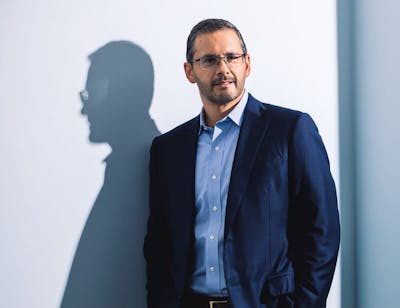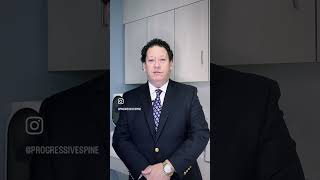If you are suffering from back or neck pain, it is crucial for you to receive a professional diagnosis as soon as possible. Dr. Rovner is one of the best spine surgeons in NJ who has the experience and expertise necessary to help patients actualize successful outcomes with orthopedic spine surgery.
What procedures are provided for unresolved foot and ankle conditions?
We offer a full range of procedures to treat foot and ankle pain, sprains, fractures, arthritis and other damage or injuries, including the following:
- Ankle arthroscopy: Ankle arthroscopy is surgery performed with a tiny camera in the tissues in or around your angle. During this surgery, the camera can be used to examine and diagnose the concern, or to help guide Dr. Bernstein as he uses specialized surgical tools to repair damaged tissues.
- Ligament repair: Ligaments that have been stretched or torn are detached and tightened or made shorter, then reattached with small holes drilled into your bone. If the ligaments are too severely stretched, a replacement ligament may be used. This surgery stabilizes the ankle and results in a stronger structure overall to avoid further sprains or trauma.
- Tendon transfer: A tendon transfer replaces the damaged tendon causing flatfoot by using a functioning tendon and the attached muscle in one part of the foot and moving it to another part to restore function and arch support.
- PRP injections: PRP injections in the foot and ankle can be an alternative to surgery for some patients. PRP (platelet-rich plasma) is obtained from your own blood and regenerates cells to achieve healing and functionality.
- Orthotics: Braces, splints, or supports such as shoe inserts to help align, prevent or correction function.
- Fat tissue injection: Grafting fat from one area of the body into the foot to relieve chronic pain from plantar fasciitis and fat pad atrophy.
- Flat foot reconstruction: A combination of surgical procedures to correct bone deformities and repair the ligaments and tendons to restore and support the arch of the foot.
- Ankle/foot joint fusion: Also known as ankle arthrodesis, this surgery treats arthritis by fusing the ankle bones into one piece.
- Total ankle joint replacement: Also called ankle arthroplasty, this surgery replaces damaged parts of the ankle with prosthetics of plastic or metal to regain your natural joint function.









